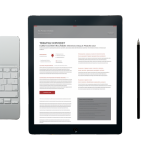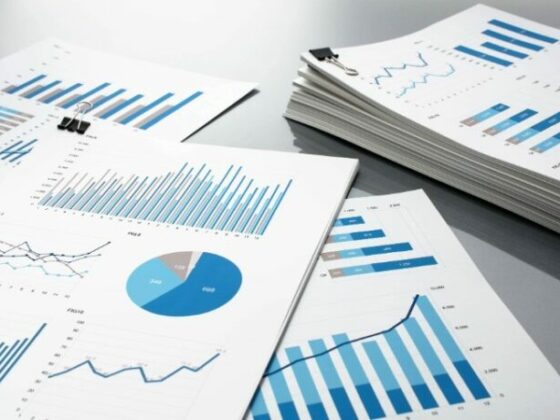Surveillance pricing takes dynamic pricing a step further by tailoring costs to what airlines and OTAs think you’re willing to pay
Dec 10, 2024
Surveillance pricing uses data such as browsing habits, location and income to set personalised prices. Searching for flights on a MacBook, for example, may yield higher prices than on a low-cost PC. While platforms like Expedia claim these methods improve the user experience, they are primarily aimed at maximising profits. AI models such as PROS Willingness-to-Pay (WTP) predict the highest price a customer will pay, thereby optimising revenue.
Key takeaways
- Repeated searches impact pricing: Continually searching for the same flight can lead to price increases as algorithms interpret this behaviour as a sign of urgency to book;
- Income based pricing: Living in a high income postcode can lead to higher fares as algorithms assume you have greater financial capacity;
- Preference-based offers: Researching luxury hotels could trigger offers for more expensive travel packages tailored to your premium tastes.
Get the full story at Forbes





